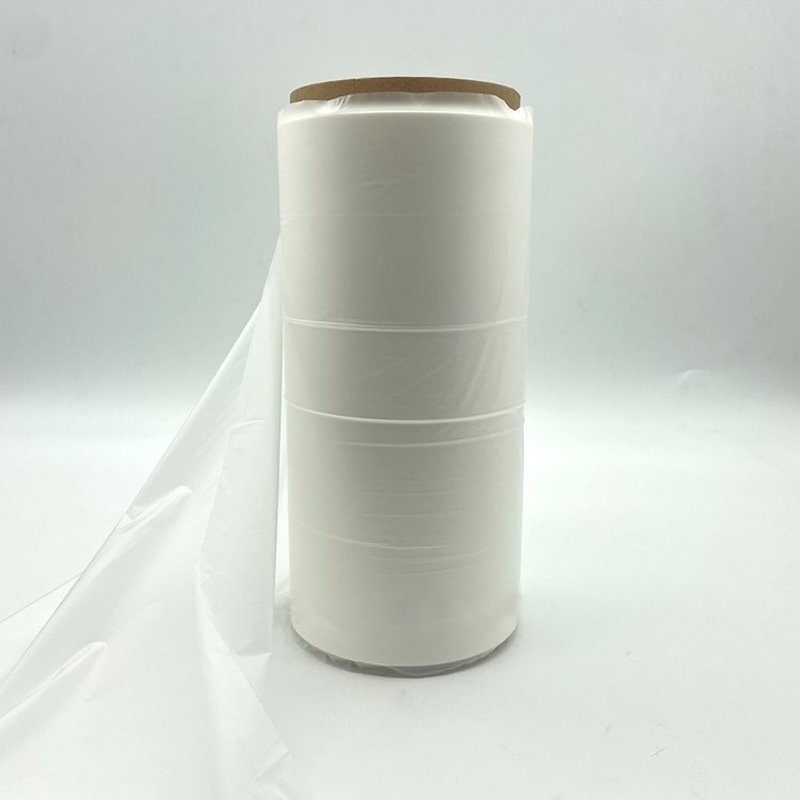Information about TPEE Film
2024-07-28
TPEE (Thermoplastic Ether Ester) film is a high-performance polymer film known for its excellent mechanical and chemical properties. It is widely used in various industrial, commercial, and specialized applications due to its unique characteristics. Here’s an overview of TPEE film:
Key Features:
1. Material Properties:
- High Strength: TPEE film offers excellent tensile strength, making it suitable for applications requiring durability and resistance to mechanical stress.
- Chemical Resistance: It exhibits strong resistance to chemicals, oils, and solvents, which makes it ideal for use in harsh environments.
- Temperature Resistance: TPEE maintains its properties over a wide temperature range, with good performance in both high and low-temperature conditions.
2. Film Characteristics:
- Flexibility: TPEE film is known for its flexibility and ability to be formed into various shapes without losing its integrity.
- Clarity: It can be produced in a clear form, providing transparency for applications requiring visibility through the film.
- Low Moisture Absorption: The film has low moisture absorption, which helps maintain its mechanical properties and dimensional stability.
3. Applications:
- Automotive: Used in automotive components and interior parts for its durability and resistance to environmental factors.
- Electronics: Employed in electronic devices and components due to its insulating properties and chemical resistance.
- Packaging: Utilized in high-performance packaging applications, including food and pharmaceutical packaging, where its barrier properties are beneficial.
- Industrial: Applied in various industrial processes, including as liners or protective coatings in machinery and equipment.
4. Processing:
- Thermoplastic Nature: Being a thermoplastic material, TPEE can be processed using conventional thermoplastic methods such as extrusion, thermoforming, and injection molding.
- Customization: The film can be customized in terms of thickness, color, and surface finish to meet specific application requirements.
Benefits:
1. Durability: Provides long-lasting performance due to its high mechanical strength and resistance to wear and tear.
2. Chemical Resistance: Effective in environments where exposure to chemicals, oils, or solvents is a concern.
3. Temperature Stability: Performs well across a wide temperature range, maintaining its properties in both high and low-temperature environments.
4. Flexibility and Formability: Offers flexibility and can be easily formed into complex shapes or used in flexible applications.
Common Types:
1. Clear TPEE Film: Offers transparency for applications where visibility is required.
2. Colored TPEE Film: Available in various colors for aesthetic or functional purposes.
3. Conductive TPEE Film: Modified to provide electrical conductivity for specific electronic applications.
Maintenance:
1. Storage:
- Proper Storage: Store TPEE film in a cool, dry place away from direct sunlight and extreme temperatures to maintain its properties.
- Handling: Handle with care to avoid any physical damage that could affect its performance.
2. Cleaning:
- Surface Cleaning: Clean the film surface with appropriate solvents or cleaning agents that do not damage the material. Follow the manufacturer's recommendations for cleaning.
Selection Considerations:
- Application Requirements: Choose the type of TPEE film based on the specific needs of your application, including strength, flexibility, and chemical resistance.
- Thickness and Size: Select the appropriate thickness and size for your project to ensure optimal performance.
- Processing Methods: Consider how the film will be processed and ensure compatibility with your manufacturing techniques.
TPEE film’s unique combination of properties makes it a versatile material for various demanding applications.



